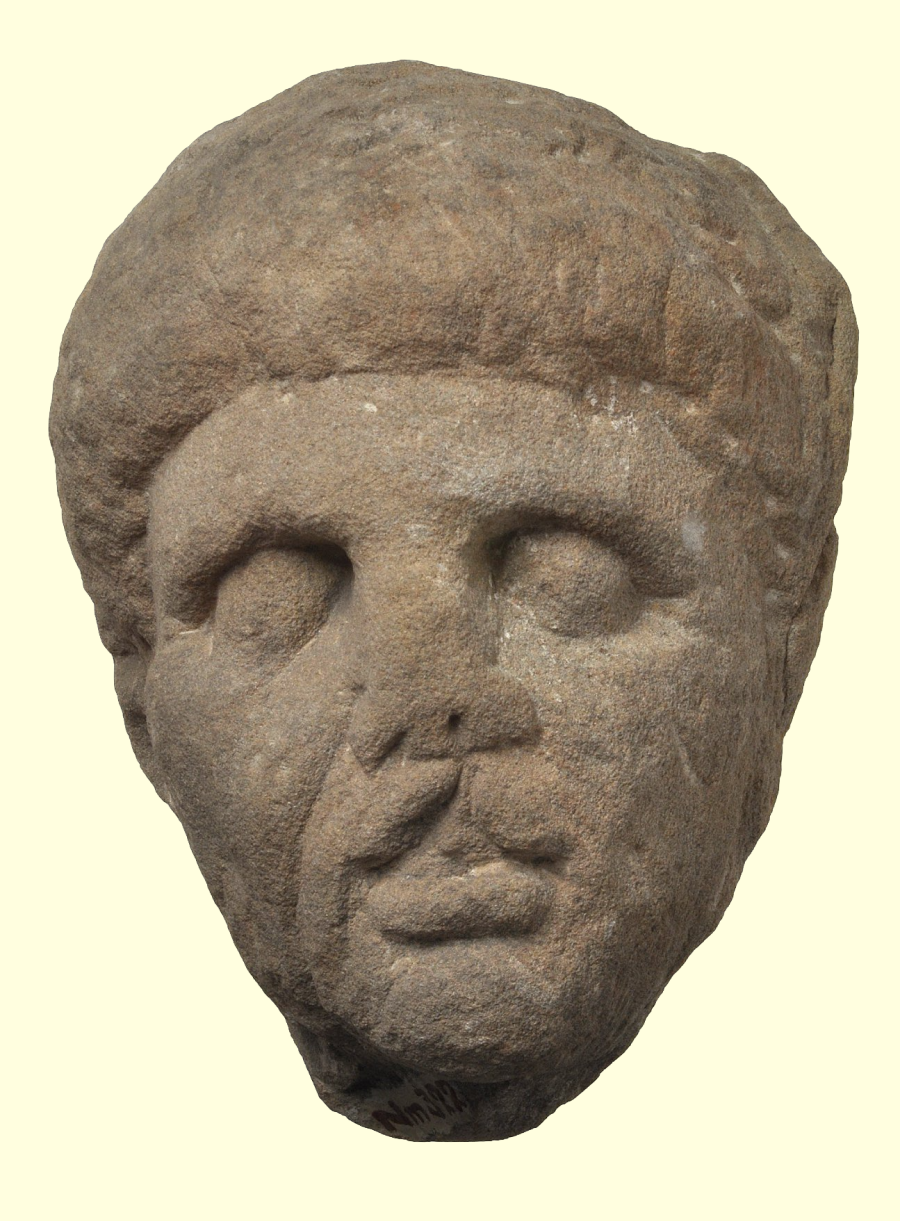People with cleft lip and palate have always existed! Historical evidence about them is particularly fascinating. The limestone portrait of a person with a cleft lip shown here is part of a Roman tomb from the 2nd/3rd century A.D. It is now in the Rheinisches Landesmuseum Trier. The artist has depicted the unilateral cleft lip with great precision and attention to detail. He must have seen a cleft patient in person. Unfortunately, we know nothing about how the person depicted here lived their everyday life without a cleft operation. How did the people around them react, what did they think, how did they explain this phenomenon?

In the Roman Empire, the city of Trier (then called Augusta Treverorum) was the largest city north of the Alps. At times, the city was even the imperial residence and therefore a real metropolis. The many Roman buildings still standing in today’s Trier are a UNESCO World Heritage Site. Many artifcats and treasures such as coins and mosaics from this period are exhibited in the Rheinisches Landesmuseum Trier.
We would like to thank the Rheinisches Landesmuseum Trier for kindly providing us with the photo!

